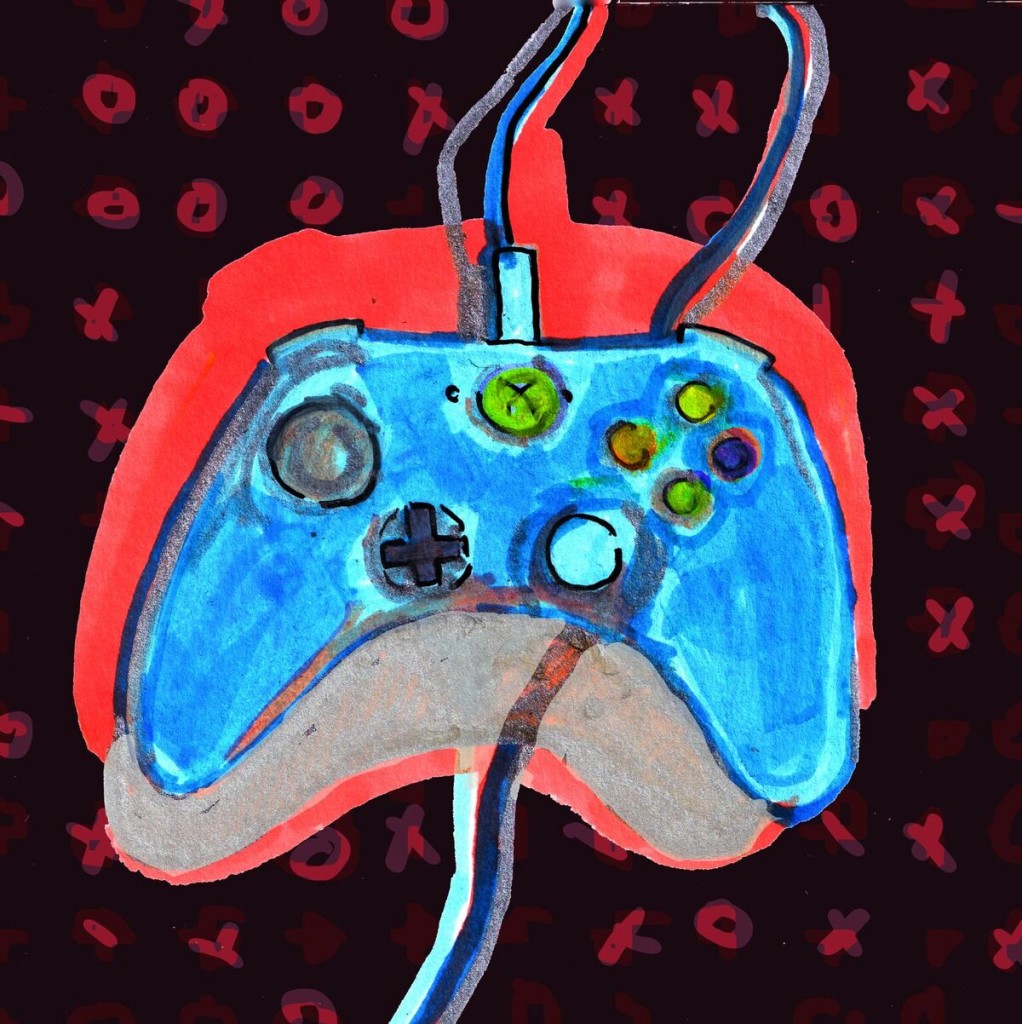How gender-specific toys affect children’s perceptions of the world
By Julia Siedlanowska, Staff Writer
Children take cues about their assigned gender roles early on in life, and a huge indicator of these cues comes from the toy industry.
I was surprised when my sister prevented me from painting my five-year-old nephew’s nails. “Daddy would hate that,” she said.
My shock was in the fact that I knew my nephew at this point had no connection between gender and nail painting. It was only after this comment and further replies to his appeals to join in the fun led to comments like, “Silly, you’re not a girl. Only girls paint their nails.”
This is just one example of how our notions on gender form restrictions within our lives. We’re attached to the belief that certain actions, patterns of behaviour, even colours have a solid and immobile place on the gender spectrum. It’s a self-fulfilling prophesy.
If your son is told that only girls play with dolls, he will feel ashamed at the natural impulse to care for a human-replica. If your daughter is taught to idealize pink, she’ll have a readily formed view of femininity and what it means to be a girl.
A UK parent-led campaign called Let Toys be Toys seeks to get rid of the restrictions retailers place on children’s interests by “promoting some toys as only suitable for girls, and others only for boys.” The group has achieved some notable success, including persuading major retailers Boots, Tesco, and The Entertainer to remove gender specific signage in their stores. “Our 2013 survey of toyshops in the run up to Christmas showed a 60 per cent reduction in the use of ‘Girls’ and ‘Boys’ signs in stores,” states the organizations website. “Twelve of the 14 retailers we’ve asked to remove gender signs have said they will make changes.”
We should not let Hasbro or Mattel dictate our perceptions of gender and the world around us. Lego, which I remember once being gender neutral, is now riddled with advertising aimed at separating the genders. With warrior, Star Wars, and The Lord of the Rings themes, Lego is sending subtle yet powerful messages. With their “Friends” line, Lego has created products specifically aimed at girls. With purple and pink packaging, products include sets with titles such as “Mia’s Lemonade Stand” and “Stephanie’s New Born Lamb.”
Where’s Fifi’s armory? Where is Lulu’s spaceship? What am I going to use to kill Barbie, if my Lego set doesn’t include daggers? All violence aside, it’s simply illogical to place limitations on how children play. Should girls not grow up to be engineers? Does the love of building have to be restricted to a lemonade stand or “Heartlake High”? Should boys not practice their caregiving abilities on dolls and stuffies? The bear is acceptable, but why not the Barbie? Parents are often afraid of the thought that their son might grow up to be “girly,” or, to use the word that they actually mean, gay. Personally, I think that the overtly sexual figure would promote other developments, but that’s a whole other story.
Although I do believe that certain decisions will be made by children that show their inherent preferences, we can never know unless we give them a chance. Gendered toys are limiting the minds and hearts of children right from their very beginnings. Just as my obsession with Batman rivalled my obsession with fairies, there is enough room in a child’s mind to move beyond the boundaries we impose. In the line between blue and pink—between male and female—lies creativity and innovation. Let kids roam in that space.


